
A digital marketing audit is a comprehensive evaluation of your company’s digital marketing strategy and its execution. The purpose of a digital marketing audit is to identify areas of strength and weakness in your business’s current approach and to provide actionable recommendations for improvement.
Table of Contents
Evaluating Your Website: Elements to Evaluate
The purpose of a digital marketing audit is to provide a comprehensive analysis of the company’s digital marketing efforts, and to make recommendations for improvement that can help drive better results.
A typical digital marketing audit includes a review of the following components:
1. Website

This includes a review of the website design, functionality, user experience, and search engine optimisation.
Design: Evaluating the visual appearance of the website, including the layout, colour scheme, typography, images, and overall aesthetic. The goal is to determine if the design is attractive, user-friendly, and consistent with the brand’s image.
Navigation: Reviewing the website’s structure and the ease with which users can find the information they are looking for. The goal is to ensure that the website’s navigation is intuitive, clear, and easily accessible.
User Experience (UX): Determining how users interact with the website, including the speed at which pages load, the responsiveness of the website to different devices, and the overall usability of the website. The goal is to determine if the website provides a positive user experience on all devices (desktop, mobile, tablet) and meets the needs of the target audience.
Search Engine Optimisation (SEO): Gauging the website’s on-page and off-page SEO, including keyword research, meta descriptions, header tags, and backlinks. The goal is to ensure that the website is optimised for search engines and is easily discoverable by potential customers.
- Mobile Optimisation: Evaluating the website’s appearance and functionality on mobile devices, including smartphones and tablets. The goal is to ensure that the website is optimised for mobile and provides a positive user experience on smaller screens.
2. Content

This includes a review of the quality, relevance, and consistency of the website’s content, including blog posts, product descriptions, and landing pages. The goal is to determine if the content is engaging, informative, and in line with the target audience’s needs.
- Inventory: Creating a comprehensive list of all the pages and content on the website, including the URL, title, and type of content.
- Quality Assessment: Evaluating the quality of the content, including its relevance, accuracy, and readability. The goal is to determine if the content is engaging, informative, and in line with the target audience’s needs.
- Performance Assessment: Assessing the performance of the content, including page views, click-through rates, and conversion rates. The goal is to determine which content is performing well and which content may need to be updated or improved.
- Duplicate Content: Identifying and removing duplicate content on the website, which can harm the website’s search engine rankings.
- Competitor Analysis: Understanding your competitors’ strengths and weaknesses in terms of content can help you to identify gaps in your own content strategy and opportunities to differentiate your brand and improve your own content. This can help you to create more effective and competitive content for your website.
4. Paid Advertising

This includes an evaluation of your pay-per-click (PPC) campaigns, such as Google Ads and Meta Ads (Facebook & Instagram), as well as its display advertising efforts.
- Goals and Objectives: Reviewing the company’s overall goals and objectives for paid advertising, including brand awareness, lead generation, and sales. The goal is to determine if the company’s paid advertising goals align with its overall business objectives.
- Platforms and Channels: Evaluating the company’s use of different paid advertising platforms and channels, including Google Ads, Facebook Ads, and others. The goal is to determine if the company is using the right platforms for its target audience and if it is using each platform effectively.
- Campaign Strategy: Assessing the company’s approach to creating and running paid advertising campaigns, including the type of campaigns, targeting, and budget. The goal is to determine if the company’s campaign strategy is aligned with its goals and if it is effective.
- Key Performance Indicators (KPIs): Estimating the company’s performance on key metrics, such as click-through rate (CTR), conversion rate, cost per acquisition (CPA), and return on investment (ROI). The goal is to determine if the company is achieving its paid advertising goals and if there is room for improvement.
- Ad Copy and Creative: Appraising the company’s ad copy and creative elements, including headlines, images, and calls to action (CTAs). The goal is to determine if the ad copy and creative are engaging and aligned with the company’s goals.
- Audience Targeting: Determining the company’s approach to audience targeting, including demographic, geographic, and behavioural targeting. The goal is to determine if the company is targeting the right audience and if there is room for improvement.
- Competitor Analysis: Comparing the company’s paid advertising strategy and results to those of its competitors. The goal is to identify areas where the company can improve and gain a competitive advantage.
5. Email Marketing

This includes an analysis of the company’s email campaigns, including the content, design, and metrics of its email marketing efforts.
- List Segmentation: Evaluating the effectiveness of your email list segmentation, and identifying areas for improvement.
- Open Rates: Measuring the open rates of your emails, and identifying trends and patterns.
- Click Rates: Appraising the click-through rates of your emails, and identify areas for improvement.
- Content: Checking the quality and relevance of your email content, and determining if it is engaging and valuable to your subscribers.
- Design: Reviewing the design and layout of your emails, and identifying areas for improvement, such as increasing the use of visuals and making the emails mobile-responsive.
- Personalisation: Assessing the level of personalisation in your emails, and determining if you can use more dynamic content and targeted messaging to increase engagement.
- Automation: Evaluating your email automation campaigns, and determining if you can use trigger-based campaigns and personalised messaging to increase engagement.
6. Analytics

This includes a review of the company’s web analytics data, such as website traffic, conversion rates, bounce rates, and technical elements that include a review of the website’s code, including its HTML, CSS, and JavaScript, as well as its hosting platform and server settings. The goal is to ensure that the website is secure, fast-loading, and free of technical errors that could impact the user experience.
How a Digital Marketing Agency Can Perform a Website Audit For You
A digital marketing agency like Digilari Media can perform a website audit to help with the development of a digital marketing strategy. For example, during Digilari’s in-depth SEO/UX audit*, we will gather data from various sources, including Google Analytics, Google Business Profile, Google Search Console, Google Merchant Center, SEMrush, Ahrefs, Hotjar, and more.
Website Traffic and Conversion Analysis
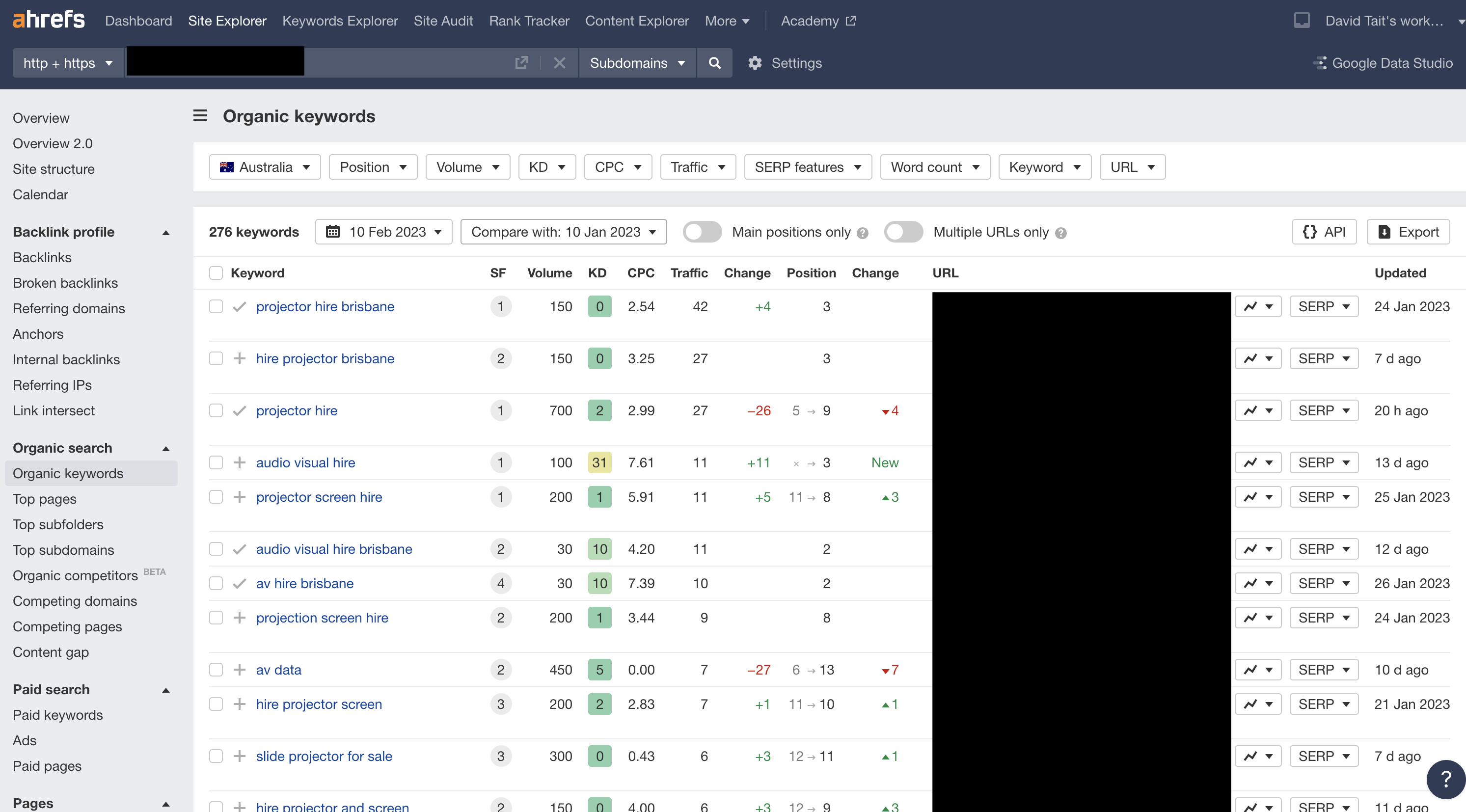
Gaining access to these accounts and tools allows Digilari to review the website traffic, conversion rates, and search engine optimisation (SEO) performance. Our team of SEO & SEM specialists can then identify areas for improvement and make recommendations for optimising the website to drive better results.
Paid Advertising & EDM Campaign Evaluation
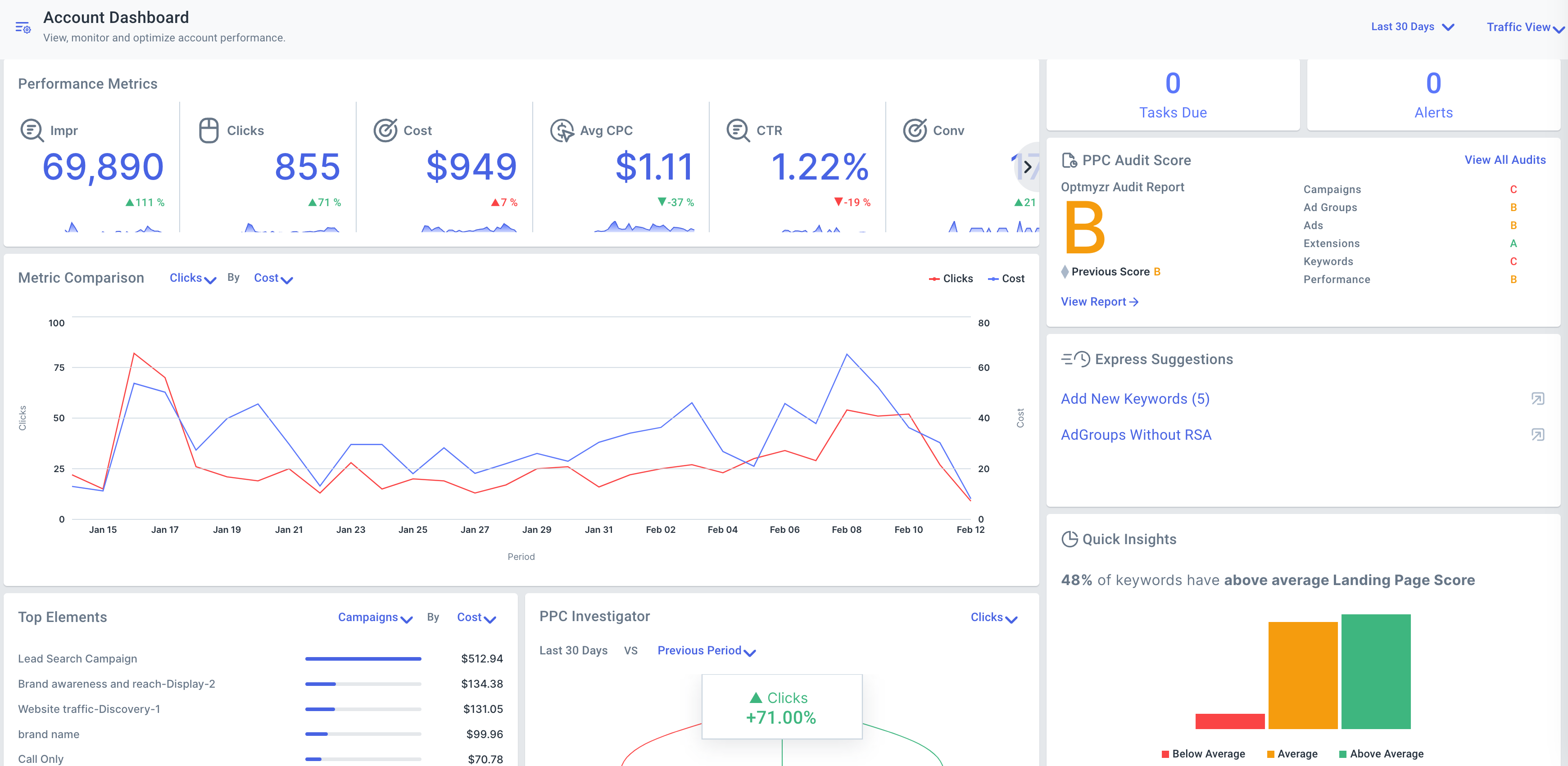
In the case of paid advertising, our PPC specialists can evaluate the performance of current ad campaigns and make recommendations for how to improve them. They will also review the EDM marketing and the use of automation tools like Hubspot and Optmyzr, to make sure they are effectively reaching and engaging with the target audience.
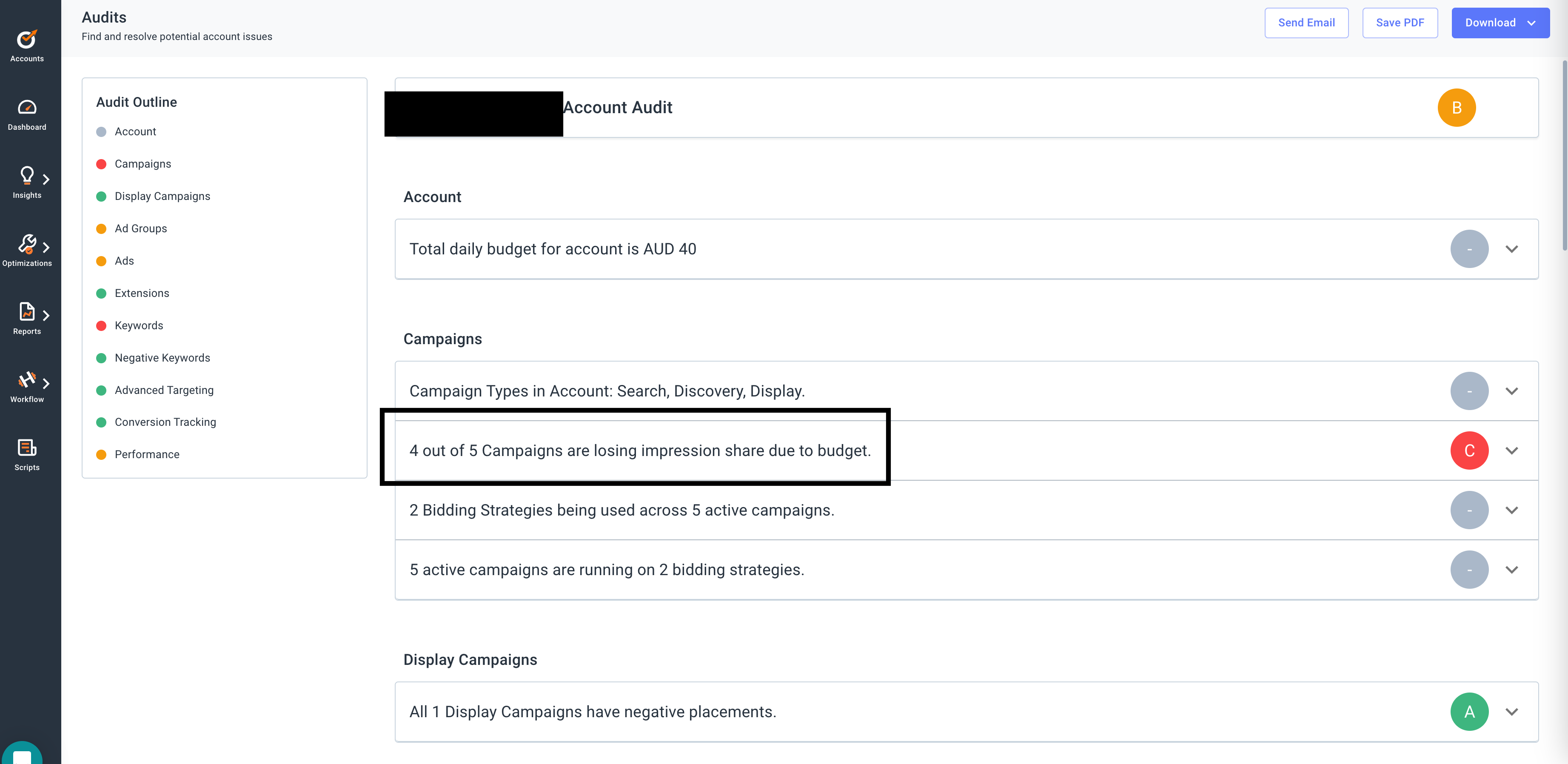
Automation tools can potentially improve a paid advertising campaign by streamlining and optimising various aspects of the campaign. Overall, automation tools can help to improve the efficiency, performance, and scalability of a paid advertising campaign, by automating routine tasks and allowing you to focus on strategy and optimisation.
Comprehensive Competitor Analysis (Inc. Content Gap Research)
Digilari can use advanced tools to gather and analyse data about the competition’s marketing strategies, including their advertising campaigns, social media presence, and website performance. This can help the business understand how their competitors are reaching their target audience and identify opportunities for improvement.
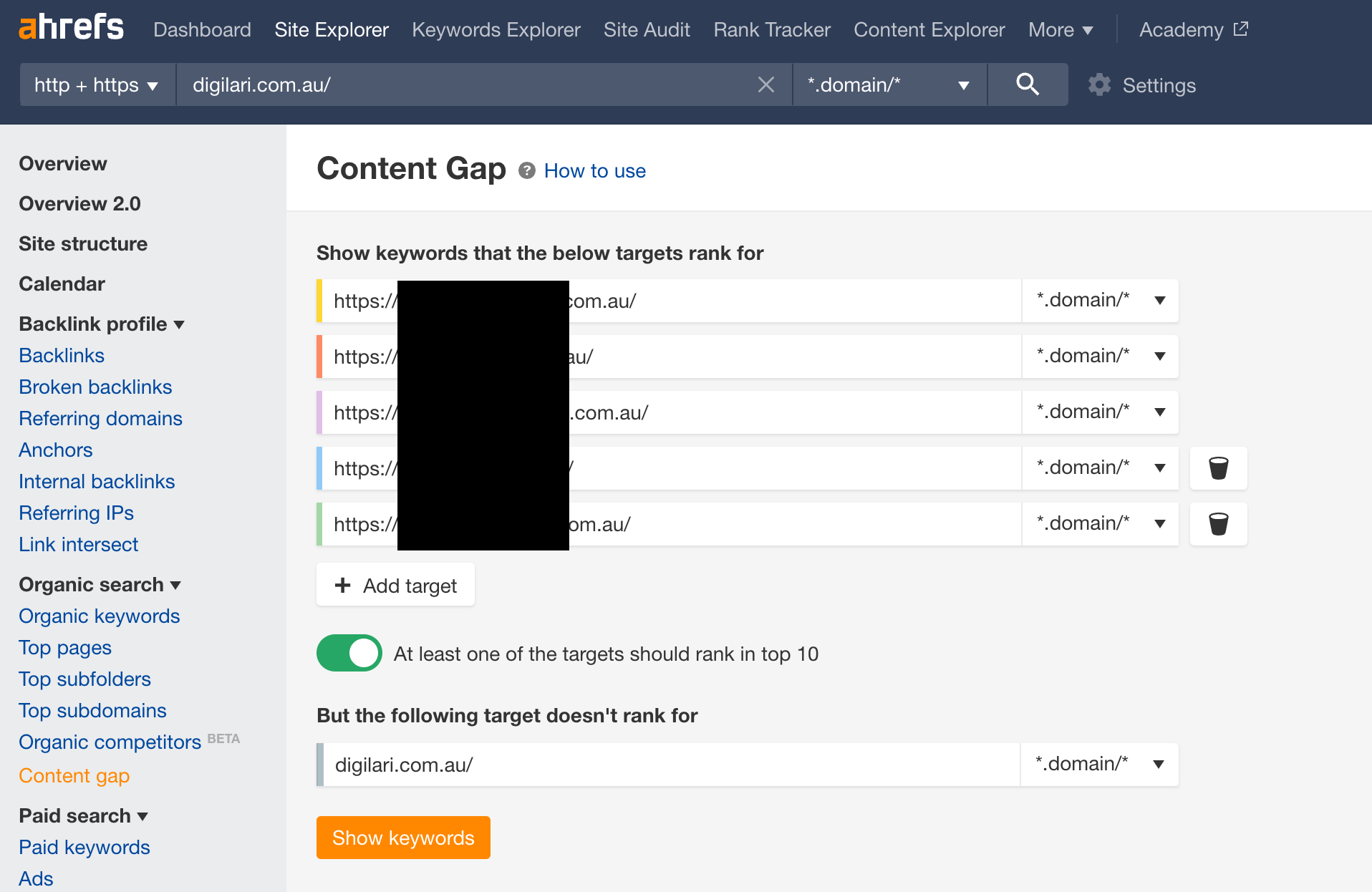
Moreover, Digilari can also provide insights and recommendations based on the analysis, helping the business to adjust their own marketing strategy and stay competitive. Overall, the use of advanced analysis tools such as Ahrefs can provide a more in-depth and actionable understanding of the competition, leading to more informed decision-making and a better chance of success in the marketplace.
Development of a Customised Digital Marketing Strategy
Digilari can use the information gathered during the website audit to develop a customised digital marketing strategy that is tailored to the specific needs and goals of the business. This can include applicable recommendations for optimising the website, improving the paid advertising campaigns, and enhancing the email marketing efforts.
In summary, a website audit performed by Digilari Media can provide valuable insights and recommendations on how to improve your overall digital marketing efforts, ultimately helping drive better results. Our team of experts utilises advanced tools to evaluate your digital platforms’ health and performance. And the best part? Our initial website audit, which includes a SEMrush audit, is completely free of charge! Take advantage of this opportunity to enhance your online presence and achieve greater success with your digital marketing efforts. Contact us today to schedule your free website audit.
*Digilari’s in-depth SEO/UX audit is a paid service, different to our free initial audits.
Not sure where to start?
Ready for a more advanced adventure? Check out our competitive offerings!
Success Stories


301% YoY growth in conversions from all channels
SEO ● YouTube ● Hubspot ● CRO
This landscaping company had been receiving poor-quality leads for years. Read how their website traffic & quality leads were boosted dramatically with our content and PPC strategies.


133% direct traffic conversions increase yearly
SEO ● Hubspot ● PPC ● CRO
This freight company had been suffering from poor-quality leads. Read how Digilari improved its target audience base by adopting a buyer persona strategy.


148% YoY growth in job bookings
SEO ● Hubspot ● PPC ● CRO
Even after implementing a PPC strategy, this electrical company suffered from a high number of irrelevant enquiries. See how Digilari turned the tables for them.




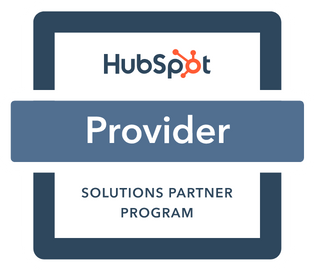
3. Social Media
A social media strategy audit includes an analysis of your company’s social media presence, including the quality of its content and engagement, as well as the number of followers and engagement metrics.